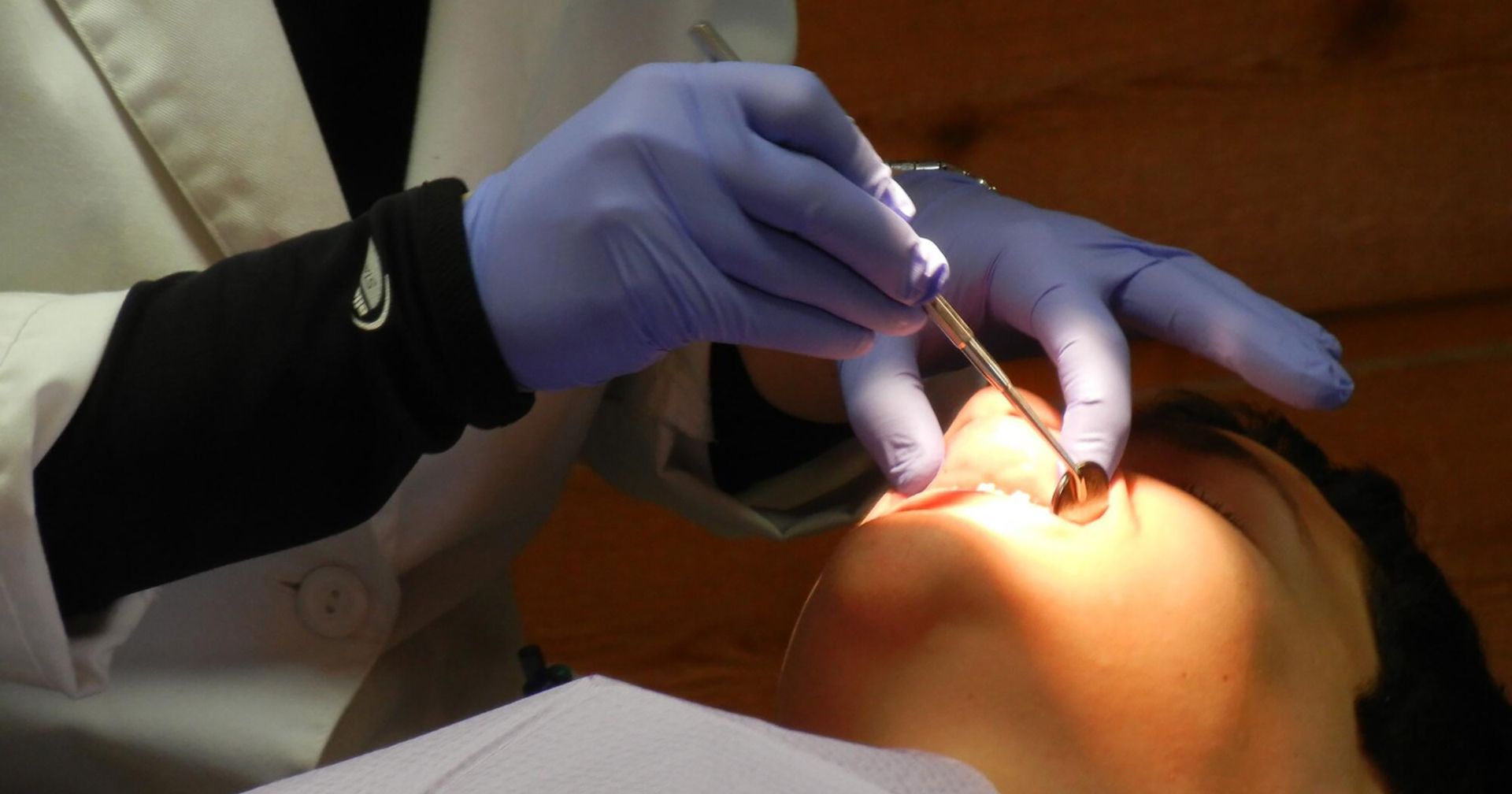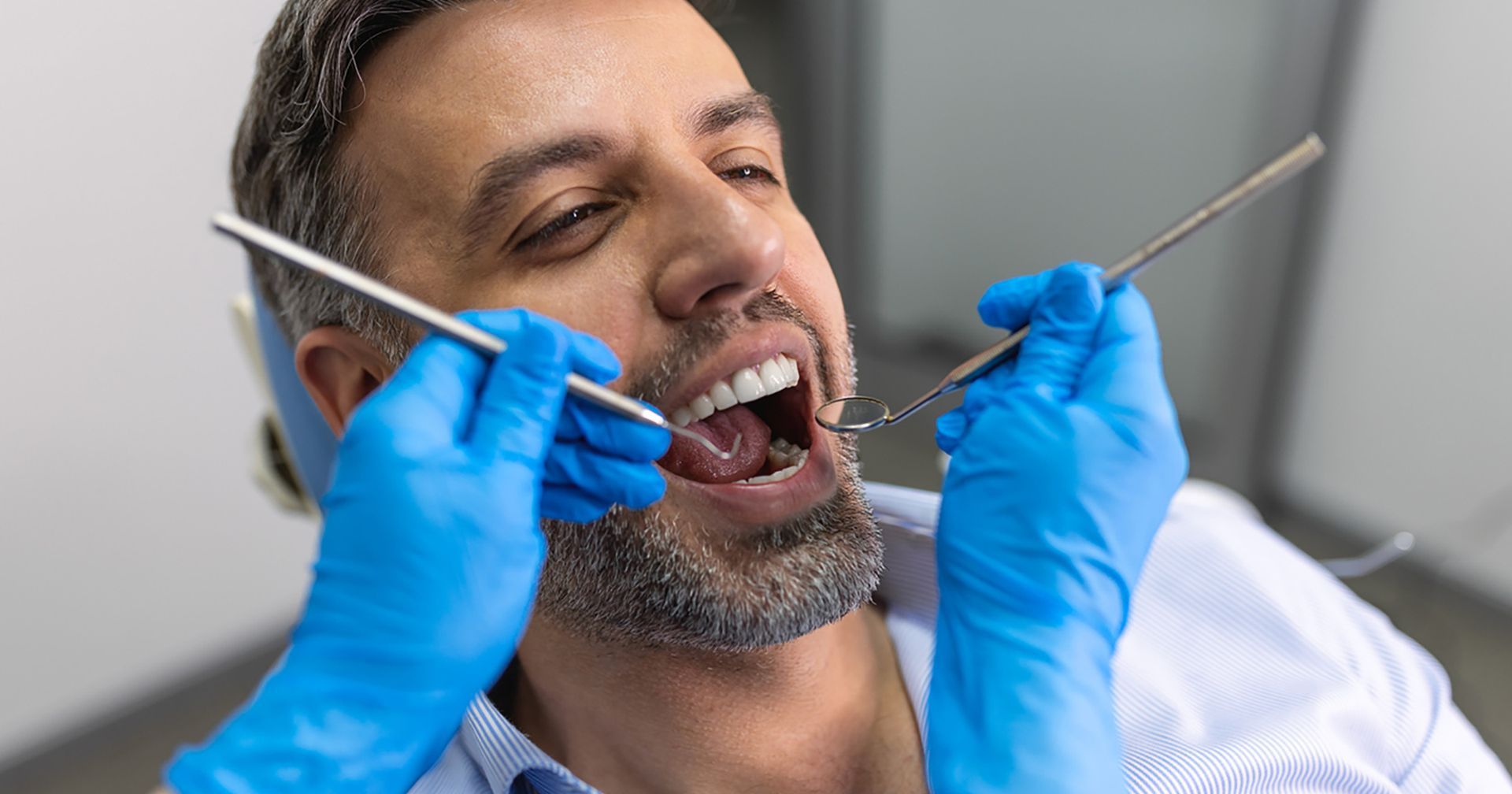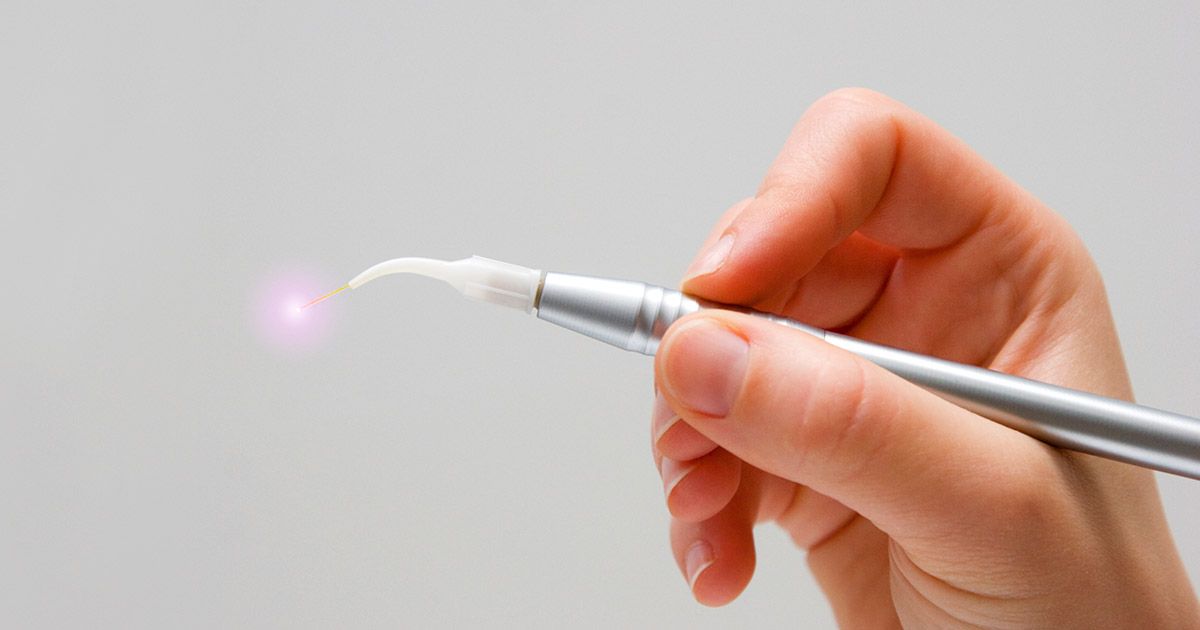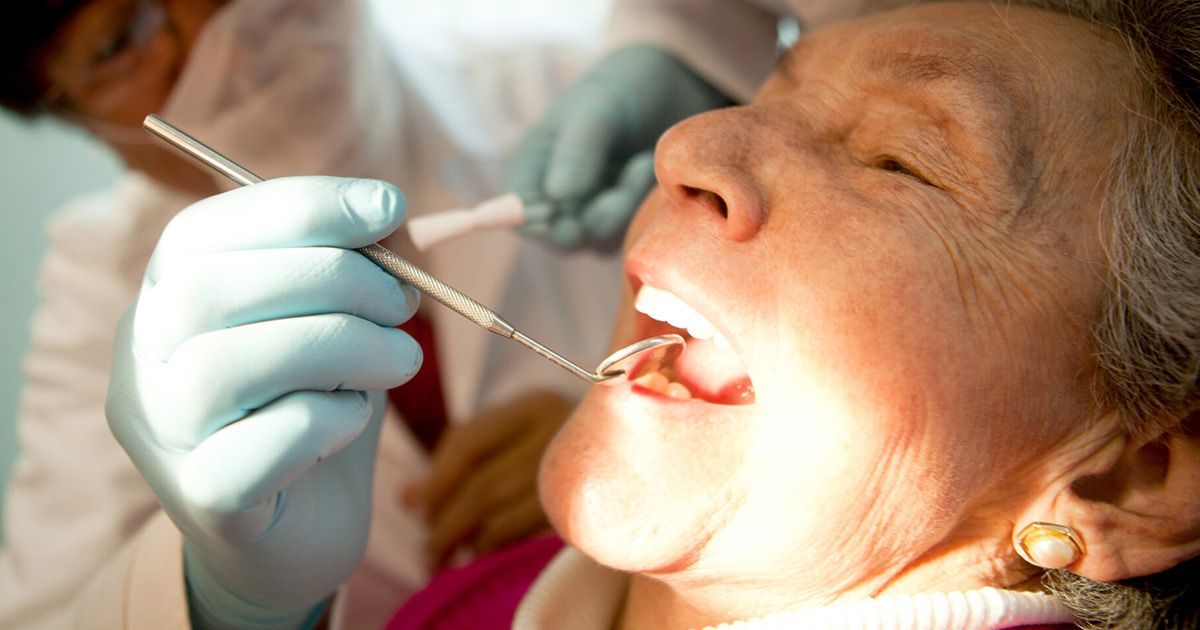Choosing your dentures is an important decision, especially when considering the best solution for missing teeth. This guide shows everything to know about complete and partial dentures.
If you're missing teeth due to issues like tooth removal, you're not alone — 120 million Americans have at least one missing from their smiles.
Still, you might want to hide the gaps in your grin. And you have multiple options for doing so, including dental implants and complete and partial dentures.
But what does each treatment entail? How do they provide replacement teeth? And what should you know before you sign up to have them made for you?
Here's everything you need to know.
What Are Dentures?
Let's start at the top. After all, you should know what dentures are before you dive into the different types of them there are.
A denture stands in for missing teeth, as well as the gum tissue that surrounds them. You can slide your dentures in and out — the removable mouthpiece will complete your smile, whether you're missing some or all of your teeth.
There's no one-size-fits-all type of dentures, of course. Depending on your smile, you might need full dentures, a complete denture or partial dentures.
Complete Dentures
If you're missing all of your teeth, you'll need complete dentures.
Complete — sometimes called full dentures or final denture — are for patients who have lost all of their teeth, perhaps due to injury, tooth removal or a medical condition, such as gum disease.
No matter why you need them, the plates and fittings that keep your new teeth in place won't be visible from the outside. Instead, they sit flush with your gums, and you can ensure they stick even more securely with a denture adhesive.
Under the umbrella of complete dentures, your Columbia, Maryland, dentist will outfit you with either a conventional or immediate set.
Conventional Dentures
Conventional sets are made after the teeth have been removed. Your dentist will wait between 8 and 12 weeks after the removal procedure, which gives the mouth and gums time to settle into their new position. As such, conventional dentures tend to be a better fit — but you have to wait three to four months to wear them.
Immediate Dentures
On the other hand, you could opt for immediate dentures. As the name suggests, immediate dentures are ready to wear as soon as you have your teeth removed.
The problem is, as previously mentioned, that your mouth will shift and change after having teeth removed. So, an immediate set may lose its snug fit after a few weeks or months. They will require adjustments, too.
Most experts suggest you use an immediate mouthpiece only in the interim until you can have a complete set made.
Partial Dentures
If you have some of your remaining teeth, then partial dentures will be the implement that your dentist suggests.
Most of the time, partial sets consist of artificial teeth, which are attached to a gum-colored plate. There are two different options for how this denture will go in your mouth, though.
You might get a fixed bridge, which will see crowns placed on either side of the gap left by missing teeth. They'll then attach artificial teeth to the crowns and cement the bridge in place, completing your smile. This option keeps the remaining natural teeth in place, too.
On the other hand, you could get a precision partial denture. This option pops in and out, and it ends up looking more natural than a fixed bridge.
How Are Dentures Made?
It'll be up to you and your dentist to choose the type of dentures that suit you best. That's the first step in the process of making these dental implements.
After that, your dentist will make impressions of your upper or lower jaw. They'll also take lots of measurements to determine the correct fit for your dentures.
Next comes a model version of your denture made of wax or plastic. You can try these out, as they'll be in the exact position of your new teeth.
You will have to try the model version of your set multiple times to make sure they fit properly. Plus, your dentist will tweak the color of the piece so that it matches your existing teeth and fits naturally into your smile.
With the model perfected, it will be time to cast your final denture. Even after you start wearing dentures, your dentist will still need to ensure they fit comfortably on your lower jaw or upper jaw.
How Much Do Dentures Cost?
This is probably the next question on your mind: what is the cost of dentures?
The answer to this question varies, of course, depending on the types you need, as well as the quality of of denture cleaner and dental implants you choose.
Partial sets, for one, could cost anywhere from $700 to $1,800. The top end of the range would mean you're getting high-quality materials and a more natural-looking smile.
The range for complete dentures is even greater. The most basic set could set you back anywhere from $600 to $1,000. However, you might end up with a more artificial-looking smile at the end.
A middle-of-the-road set will be more costly. Plan to spend anywhere from $1,000 to $3,000 for a complete set.
Premium dentures — the ones that will look the best and most natural — come with a $2,000 to $4,000 price tag.
As usual, though, you should speak to your dentist for a more accurate idea of the cost of this service.
Dentures: The Next Step
Whether you're considering getting dentures or opting for dental implants, it's crucial to consult with professionals about the best options for your unique needs.
We can help you with that. Smile Savers Dentistry in Columbia, MD offers complete and partial denture services. Contact us today to set up an appointment and get started.




















